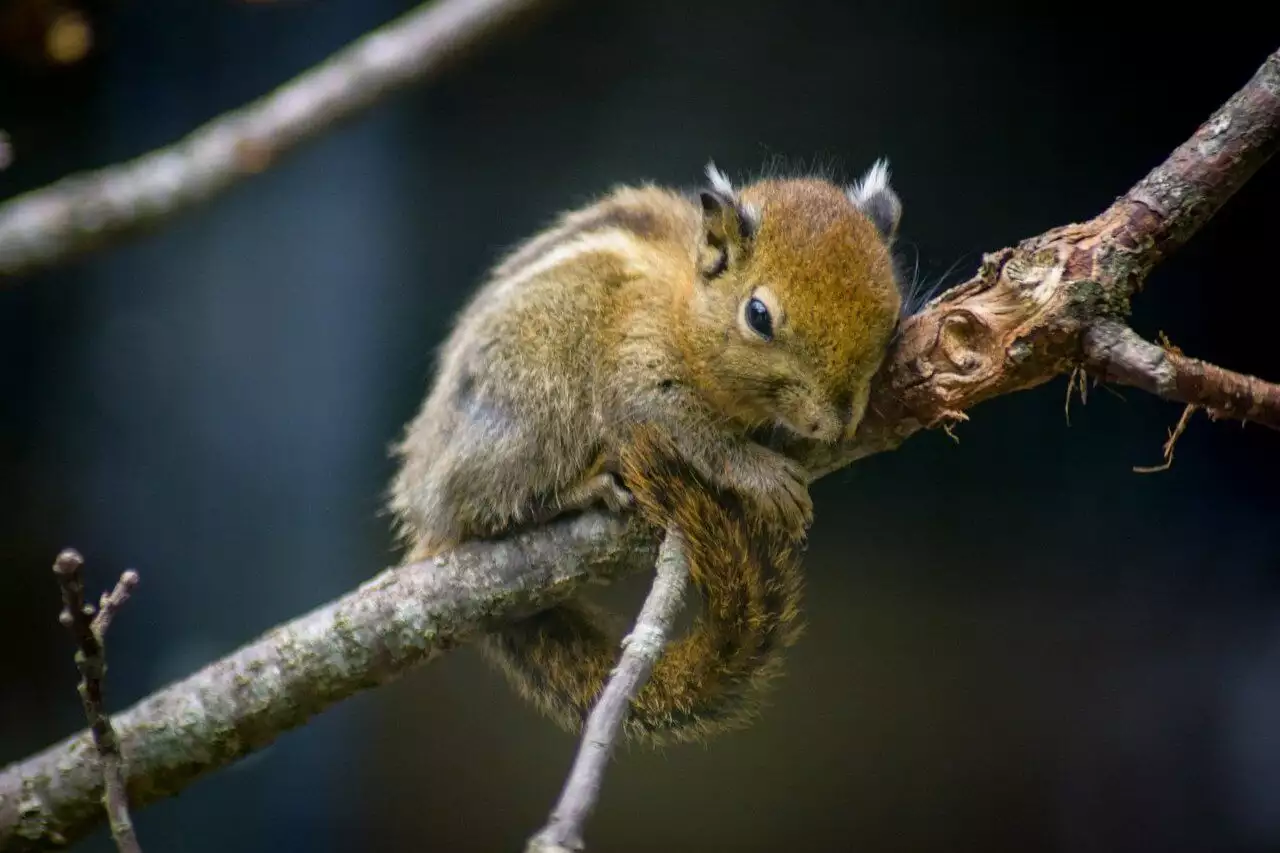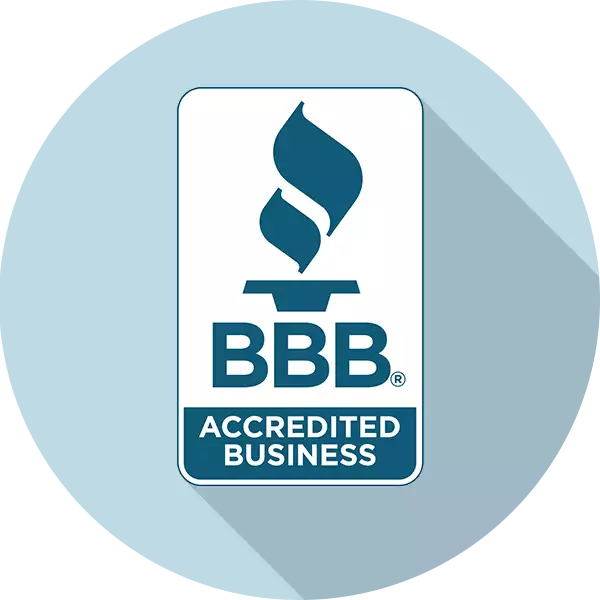Virginia Professional Wildlife Removal Services, LLC.
A full-service animal wildlife trapping, removal and pest control company - Licensed and Insured!chipmunks page

Virginia Professional Wildlife Removal Services, LLC.
A full-service animal wildlife trapping, removal and pest control company - Licensed and Insured!chipmunks page

Welcome to Virginia Professional Wildlife Removal Services, LLC., Chipmunk Page
Virginia Professional Wildlife Removal Services, LLC., is Licensed and Insured, and provides both residential and commercial Chipmunk Removal services.
Virginia Professional Wildlife Removal Services provides nuisance chipmunk trapping, removal and exclusion for Central Virginia – including Albemarle, Amelia, Chesterfield, Goochland, Louisa, Powhatan, Fluvanna, Orange, Hanover and Henrico Counties, as well as the cities of Charlottesville, Midlothian, Brandermille, Woodlake, Lake Anna, Lake Monticello, Glen Allen, Short Pump and Richmond, and the towns of Mineral, Gordonsville, Earlysville, and Keswick.
At Virginia Professional Wildlife Removal Services we are constantly striving to advance our education so that we may serve you better.
Identification
Fifteen species of native chipmunks of the genus Eutamias and one of the genus Tamias are found in North America. The eastern chipmunk (Tamiasstriatus) and the least chipmunk (Eutamias minimas), are the two most widely distributed and notable species. Behavior and damage is similar among all species of native chipmunks. Therefore, damage control recommendations are similar for all species.
The eastern chipmunk is a small, brownish, ground-dwelling squirrel. It is typically 5 to 6 inches (13 to 15 cm) long and weighs about 3 ounces (90 g). It has two tan and five blackish longitudinal stripes on its back, and two tan and two brownish stripes on each side of its face. The longitudinal stripes end at the reddish rump. The tail is 3 to 4 inches (8 to 10 cm) long and hairy, but it is not bushy.
The least chipmunk is the smallest of the chipmunks. It is typically 3 2/3 to 4 1/2 inches (9 to 11 cm) long and weighs 1 to 2 ounces (35 to 70 g). The color varies from a faint yellowish gray with tawny dark stripes (Badlands, South Dakota) to a grayish tawny brown with black stripes (Wisconsin and Michigan). The stripes, however, continue to the base of the tail on all least chipmunks.
Chipmunks are often confused with thirteen-lined ground squirrels (Spermophilus tridecemlineatus), also called “striped gophers,” and red squirrels (Tamiasciurus hudsonicus). The thirteen-lined ground squirrel is yellowish, lacks the facial stripes, and its tail is not as hairy as the chipmunk’s. As this squirrel’s name implies, it has 13 stripes extending from the shoulder to the tail on each side and on its back. When startled, a ground squirrel carries its tail horizontally along the ground; the chipmunk carries its tail upright. The thirteen-lined ground squirrel’s call sounds like a high-pitched squeak, whereas chipmunks have a rather sharp “chuck-chuck-chuck” call. The red squirrel is very vocal and has a high-pitched chatter. It is larger than the chipmunk, has a bushier tail and lacks the longitudinal stripes of the chipmunk. Red squirrels spend a great deal of time in trees, while chipmunks spend most of their time on the ground, although they can climb trees.
Habitat and General Biology
Eastern chipmunks typically inhabit mature woodlands and woodlot edges, but they also inhabit areas in and around suburban and rural homes. Chipmunks are generally solitary except during courtship or when rearing young.
The least chipmunk inhabits low sagebrush deserts, high mountain coniferous forests, and northern mixed hardwood forests.
The home range of a chipmunk may be up to 1/2 acre, but the adult only defends a territory about 50 feet (15.2 m) around the burrow entrance. Chipmunks are most active during the early morning and late afternoon. Chipmunk burrows often are well-hidden near objects or buildings (for example, stumps, wood piles or brush piles, basements, and garages). The burrow entrance is usually about 2 inches (5 cm) in diameter. There are no obvious mounds of dirt around the entrance because the chipmunk carries the dirt in its cheek pouches and scatters it away from the burrow, making the burrow entrance less conspicuous.
In most cases, the chipmunk’s main tunnel is 20 to 30 feet (6 m to 9 m) in length, but complex burrow systems occur where cover is sparse. Burrow systems normally include a nesting chamber, one or two food storage chambers, various side pockets connected to the main tunnel, and separate escape tunnels.
With the onset of cold weather, chipmunks enter a restless hibernation and are relatively inactive from late fall through the winter months. Chipmunks do not enter a deep hibernation as do ground squirrels, but rely on the cache of food they have brought to their burrow. Some individuals become active on warm, sunny days during the winter. Most chipmunks emerge from hibernation in early March.
Eastern chipmunks mate two times a year, during early spring and again during the summer or early fall. There is a 31-day gestation period. Two to 5 young are born in April to May and again in August to October. The young are sexually mature within 1 year. Adults may live up to 3 years.
Adult least chipmunks mate over a period of 4 to 6 weeks from April to mid-July. Least chipmunks produce 1 litter of 2 to 7 young in May or June. Occasionally a second litter is produced in the fall.
Chipmunk pups appear above ground when they are 4 to 6 weeks old — 2/3 the size of an adult. Young will leave the burrow at 6 to 8 weeks.
Population densities of chipmunks are typically 2 to 4 animals per acre. Eastern chipmunk population densities may be as high as 10 animals per acre, however, if sufficient food and cover are available. Home ranges often overlap among individuals.

Damage and Damage Identification
Throughout their North American range, chipmunks are considered minor agricultural pests. Most conflicts with chipmunks are nuisance problems. When chipmunks are present in large numbers they can cause structural damage by burrowing under patios, stairs, retention walls, or foundations. They may also consume flower bulbs, seeds, or seedlings, as well as bird seed, grass seed, and pet food that is not stored in rodent-proof storage containers. In New England, chipmunks and tree squirrels cause considerable damage to maple sugar tubing systems by gnawing the tubes.
Problems Chipmunks Can Cause
If you care about your garden at home, chipmunks can cause you some issues due to their nature. Not to mention, they also live in people’s yards quite often, so issues with chipmunks are pretty common for gardeners. Some common problems include:
- Eating any birdseed that you have out.
- Burrowing under or next to homes, especially in spots where you wouldn’t want them to, like your garden.
- Eating flower bulbs and tree roots, as well as other plants.
- Due to the burrowing, they will dig up parts of your yard.
The burrows that chipmunks dig will be hard to find because they are good at hiding their tracks. They are about two inches in diameter and the chipmunks live inside of them. Rather than just one burrow, chipmunks build a large network of burrows that will contain one larger nesting burrow.
The problem with these little burrows is that chipmunks will often dig them close to structures like stairs, patios, foundations, and retention walls. This can potentially cause damage to the structures. Their burrow entrances also serve as a hazard due to it being hard to spot them.
Chipmunks are also known to carry a disease that can be harmful to humans known as Colorado Tick Fever. The disease is transferred to humans by ticks that have lived on a chipmunk. The common symptoms include headache and a fever.
So while chipmunks are really cute, and you may not think twice when you see them outside, the reality is they can cause issues at your home. If you suspect your yard has an issue with chipmunks, call us, and we will address the problem.
Health Concerns
Avoid direct contact with chipmunks since there is a risk of disease transmission or being bitten.
(Source: Prevention and Control of Wildlife Damage, 1994)
Our Chipmunk Removal Service Areas in Virginia
We provide chipmunk trapping and removal services throughout Virginia including the following counties, cities and towns: Afton, Albemarle County, Alexandria, Amelia County, Annandale, Arlington, Ashburn, Ashland, Barboursville, Bellwood, Belmont, Bensley, Bermuda Hundred, Bon Air, Boyd Tavern, Brandermill, Bumpass, Burke, Central VA, Centreville, Chamberlain, Charlottesville, Chesapeake, Chester, Chesterfield County, Colonial Heights, Crozet, Cuckoo, CVille, Dale City, Doswell, Dumbarton, Earlysville, East Highland Park, Enon, Ettrick, Fairfax, Fair Oaks, Ferncliff, Fluvanna County, Fredericksburg, Genito, Glen Allen, Glenora, Goochland County, Gordonsville, Gum Spring, Hadensville, Hampton, Hampton Park, Hanover County, Harrisonburg, Harrogate, Hening, Henrico County, Highland Springs, Hopewell, Innsbrook, Jefferson Davis, Kents Store, Keswick, Lake Anna, Lake Monticello, Lake Ridge, Lakeside, Laurel, Leesburg, Lewiston, Lignum, Locust Grove, Louisa County, Maidens, Manakin, Manakin-Sabot, Manassas, Manchester, McLean, Montrose, Motoaca, Meadowbrook, Mechanicsville, Midlothian, Mineral, Moseley, Newport News, Norfolk, North Courthouse, Northern Virginia, North Garden, NoVA, Oilville, Orange County, Palmyra, Pantops, Petersburg, Portsmouth, Powhatan County, Reams, Reston, Richmond, Richmond County, Robious, Rockville, Rockwood, RVA, Salisbury, Sandston, Sandy Hook, Scottsville, Shannon Hill, Short Pump, South Rockwood, Spring Run, Staunton, Stoney Point, Suffolk, Tidewater, Troy, Tuckahoe, Va, Varina, Virginia, Virginia Beach, Waynesboro, Williamsburg, Winchester, Winterpock, Woodlake, Wyndham, and the surrounding areas of Virginia.
Please Complete Our Simple Contact Form Below:
VPWRS Can Solve Your Problems!
- Scratching Noises In Your Attic, Walls, Or Crawlspace?
- Unwanted Animal Wildlife In Your Home, Business or Property?
- Bats In Your Attic?
- Birds In Your Dryer And Bathroom Vents?
- Problem Bird Or Bat Infestation?
- Animals In Your Chimney Or Fireplace?
- Digging In Your Lawn Or Under Your House, Deck Or Garage?
- Dead Animal Problems?
- Animal Odor Problems?
- Chewing Sounds In Your Attic Or Crawl Space?
- Animals Damaging Your Wiring, Insulation, Fascia, Soffits, And The Wood In Your Home?
- Animal Feces Removal?
- Attic Restorations And Clean-Up Needed?
VPWRS Extensive Services
Virginia Professional Wildlife Removal Services provides nuisance wildlife removal, animal control, predator control, pest control, nuisance wildlife exclusion, and wildlife clean-up services.
We have experience handling bats, beavers, birds, Canada geese, chipmunks, coyotes, deer, foxes, groundhogs, mice, moles, raccoons, rats, opossums, otters, skunks, squirrels, snakes, voles, muskrats, bobcats, Copperhead snakes, pigeons, and other species of Virginia wildlife.
We operate our business within accepted industry standards and best practices, and in accordance with local, state, and federal laws.
